.jpg)
Going to Muong Piet village on a sunny day, we followed the winding road in the middle of Thong Thu forest to meet Quang Van Thanh, born in 1986, with a neat figure, clear speech and especially, his eyes always shining with faith in the forest and the land. He led us to the hill - the so-called "production stratification area" that he has been tirelessly building for over 10 years.
“When I first came to work the land, everyone told me to be bold. The hill is so steep, what can I plant that will bear fruit? But I think differently, the land is sloping so I divide it into layers. Plants that like light and are well-drained can be planted high. The foot of the hill retains water better, I take advantage of growing grain crops, and in the valley I grow rice. One tree per place, each layer has its own work, no overlap, no resting of the land,” Thanh explained.
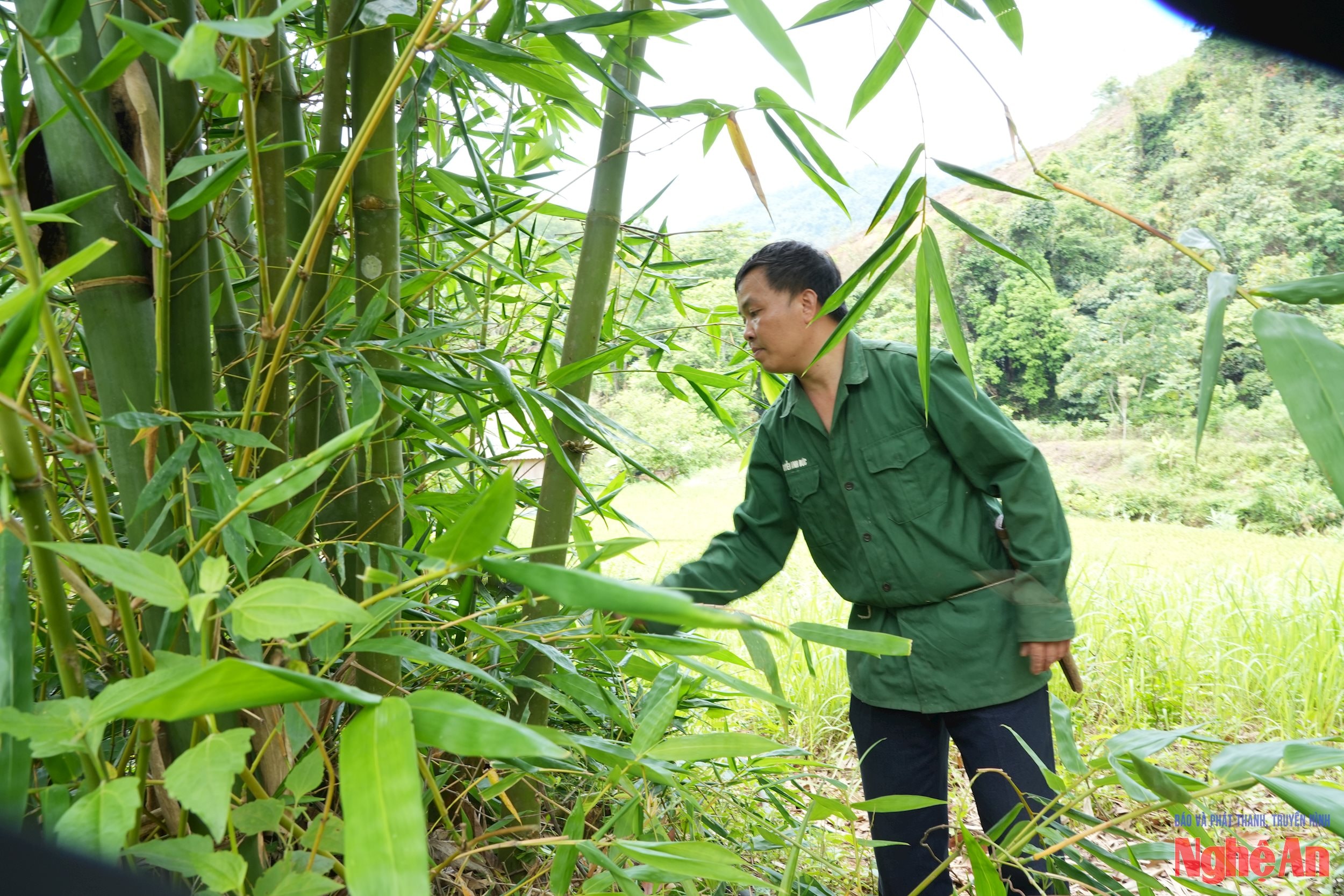
Mr. Thanh's idea of "production stratification" is not only a production solution but also a very scientific way of thinking about ecological agriculture . On an area of more than 6 hectares of hilly forest land, he divided it into 5 distinct floors. On the top floor, which is airy and has low water retention, he planted 400 bamboo shoots. "Each year I harvest about 4.5 tons of bamboo shoots, selling for 20 - 25 million VND. Easy to care for, not picky about soil, and has few pests and diseases," he shared.
On the second floor, at the foot of the hill, where the soil retains moisture better, Mr. Thanh planted 300 macadamia trees. He is the second household in the village to boldly introduce this high -value tree to Thong Thu hill. The first macadamia trees are blooming, promising a bumper crop in the next few years.
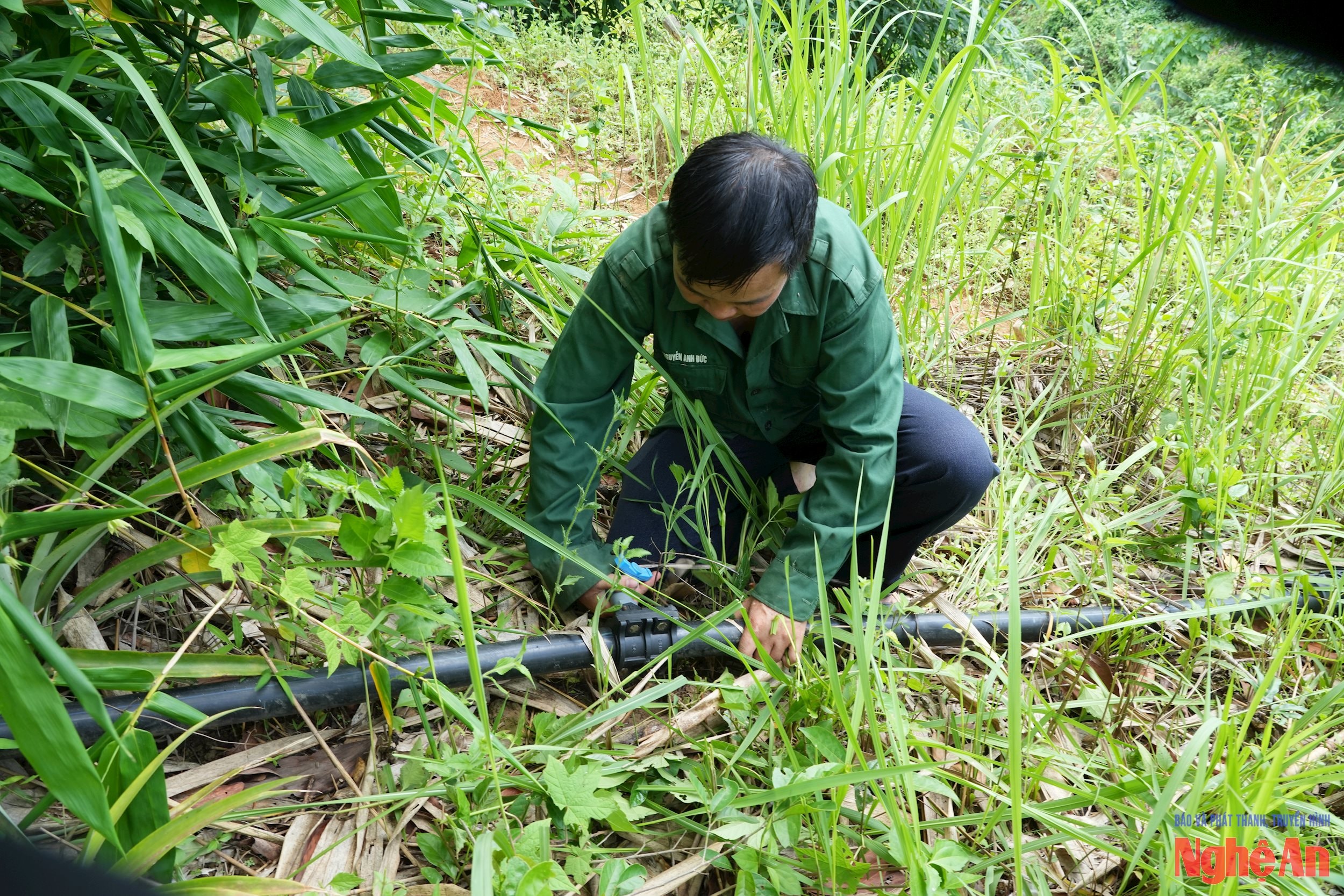
Down to the third floor, which is considered a small valley, he converted it into a rice field. “I mainly keep the rice for home consumption, I never buy it from outside. With clean rice to eat, I can also raise clean pigs and chickens,” he said.
The fourth floor has two fish ponds, which provide a stable income every year by selling fish to people in the area. The pond is adjacent to the livestock area, where Mr. Thanh raises native black pigs, free-range chickens, and grass-fed goats in a comprehensive model that maximizes the use of by-products to regenerate food sources.
.jpg)
And in the outermost circle, the lowest level bordering the production forest land, he planted more than 1 hectare of acacia for timber. “I plant perennial trees in between to get short-term benefits for long-term use. After a few years, I harvest bamboo shoots, chickens and ducks. After a 5-7 year cycle, the acacia is harvested. The cycle continues like that,” Thanh analyzed.
Not only does he grow crops, he also installs a water pipe system from the upstream stream for irrigation and daily use. When asked why he invested so much effort, he said: “With water, plants can live and the soil can be preserved. Digging ponds and leading water is also a way to prevent forest fires, retain moisture, and limit erosion.”
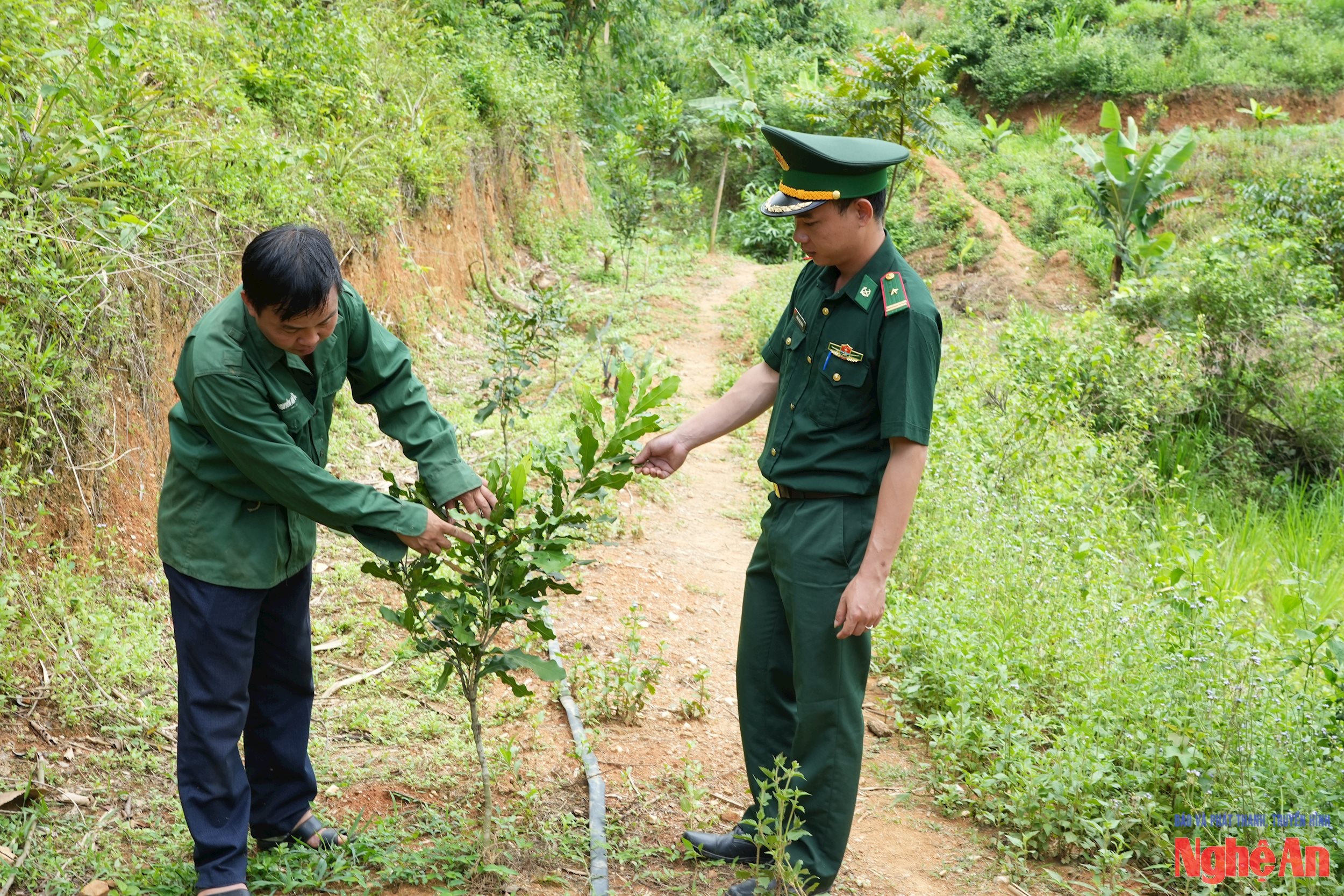
That “layering” method sounds simple, but to implement it in reality in the mountainous area of Thong Thu is not easy. It takes strength, technique, and even more confidence. And above all, it takes vision, knowing which plants are suitable for the soil, which animals are easy to raise, what the market needs… to put it in the right place.
“When I first started working, many people were skeptical. But now that they see that the land can be used, the forest can be preserved, there is enough rice, fish, and meat to eat, and there is income… they come to learn. I am happy that people are starting to think differently and do differently,” Thanh said, his eyes shining with joy.

Every year, from that multi-layered economic model, he earns over 100 million VND, a considerable amount for the people in the mountainous areas. But for him, the greatest success is not the number, but when people change their farming mindset.
We left Muong Piet village when the sun had set behind the hills. On the terraced land, shimmering with the green light of the forest, we could see the silhouette of the young village chief busily clearing grass under the macadamia tree. His words still echoed in our minds: “We were born in the forest, we must know how to live with the forest, protect the land and water for our children and grandchildren.”
Source: https://baonghean.vn/truong-ban-8x-o-nghe-an-nghi-khac-lam-khac-bien-doi-doc-thanh-mo-vang-tram-trieu-10301542.html



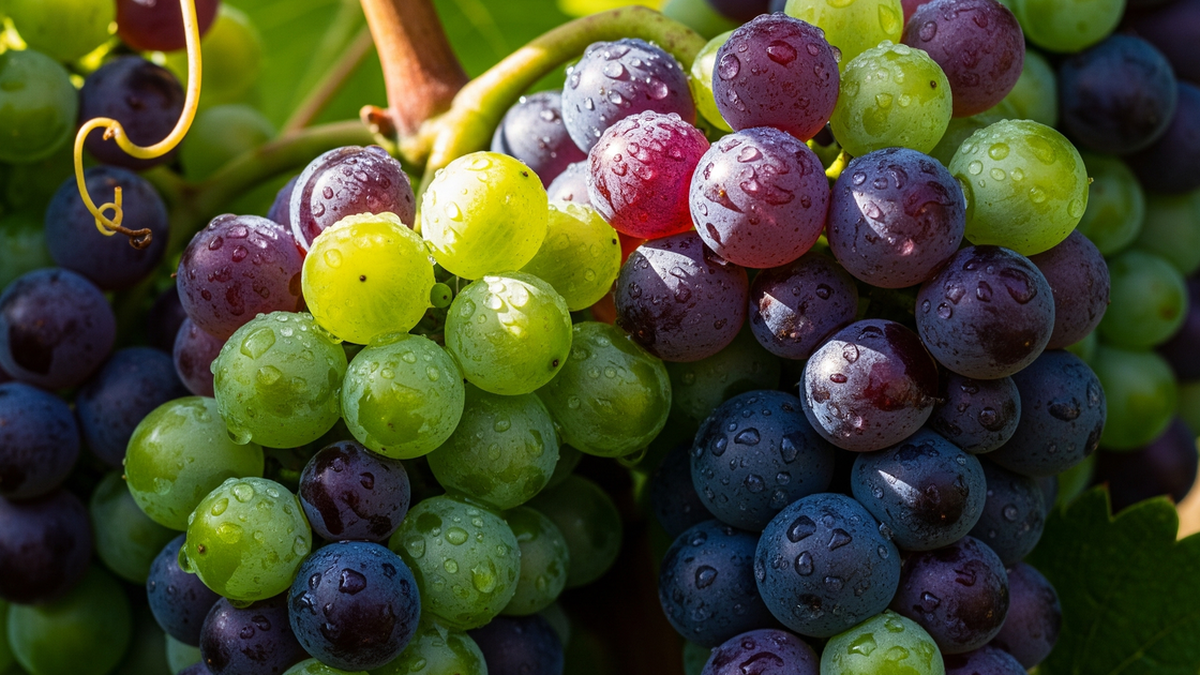
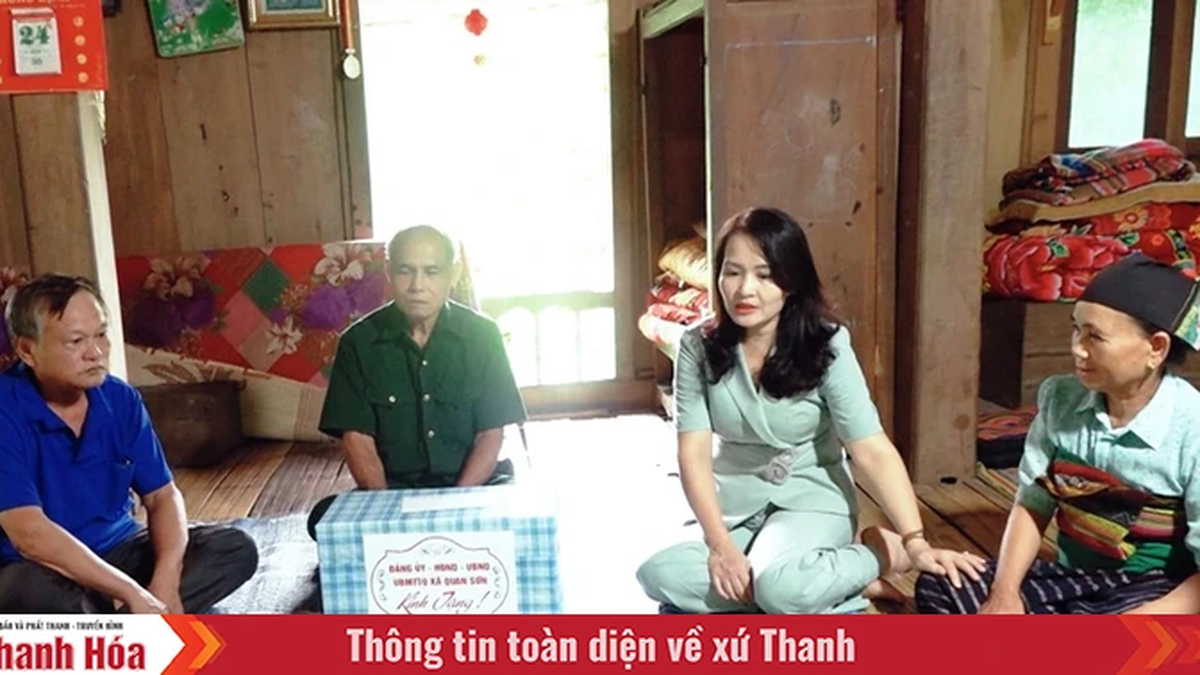
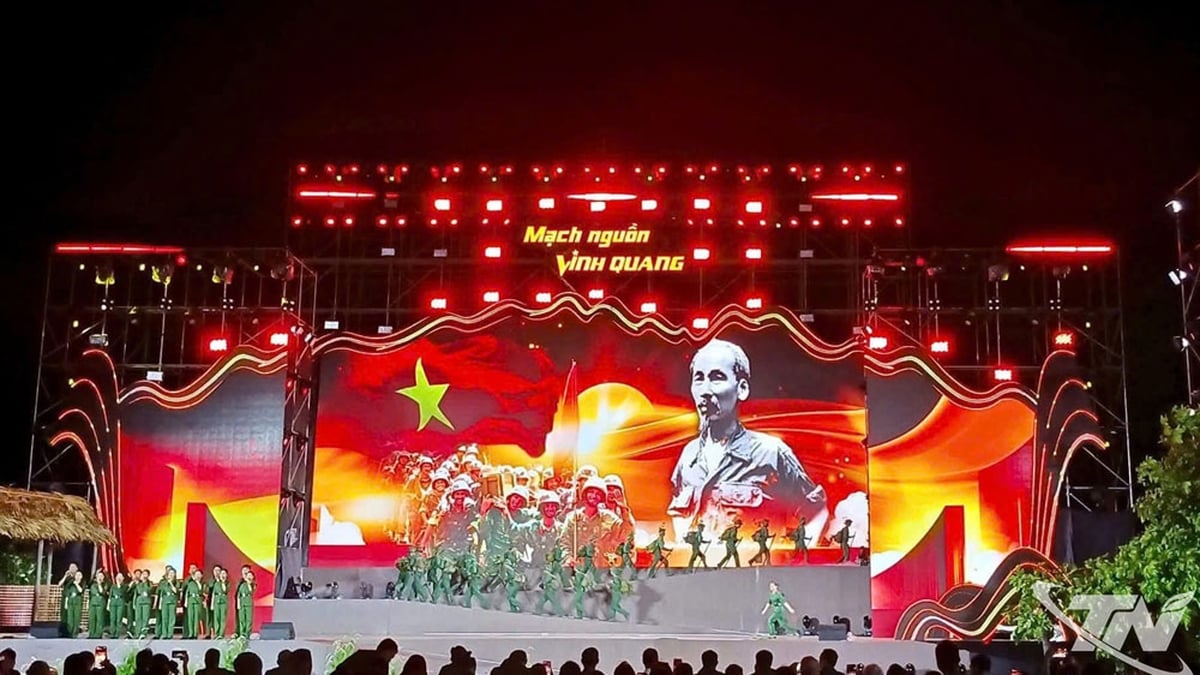



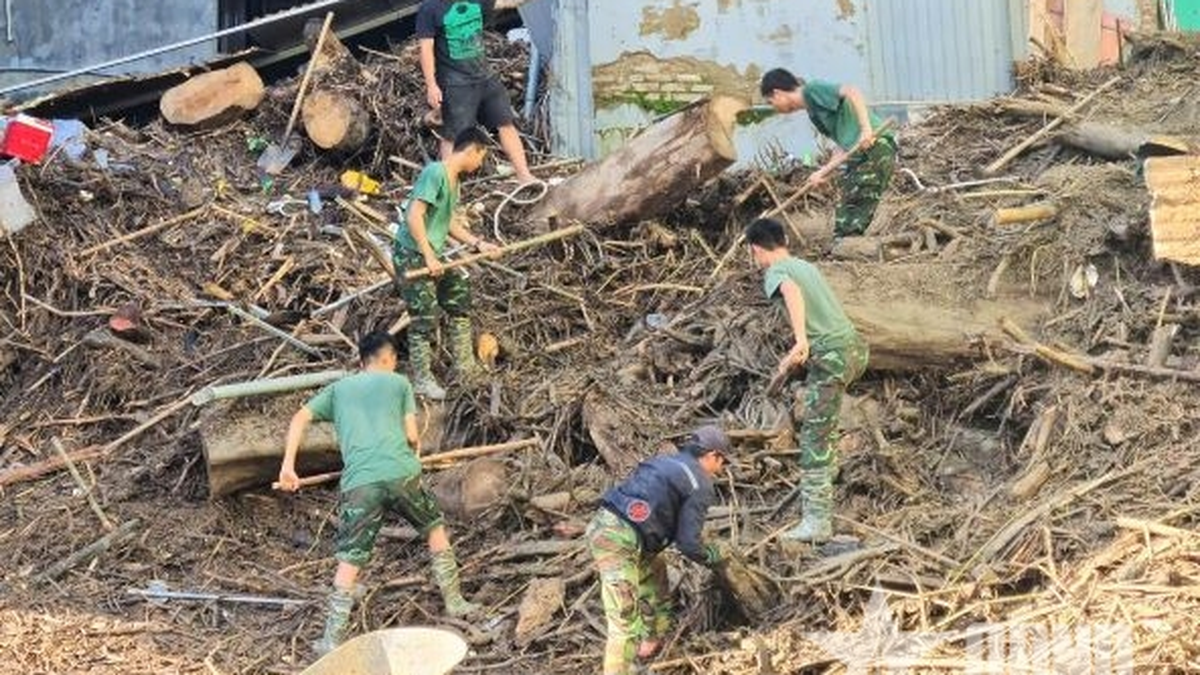
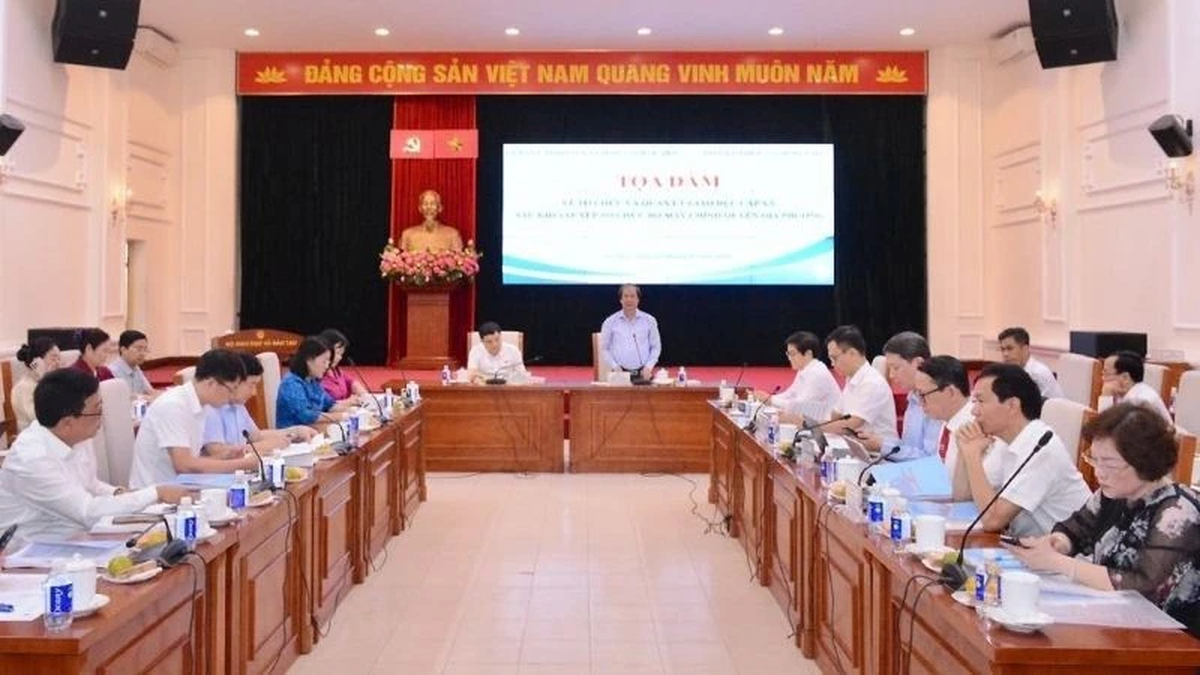























































































Comment (0)